“Manhood (al-murū’ah) is based upon four pillars: good character, generosity, humility, and devotion,” said Imam al-Shafi’ī 1
The righteous predecessors did not conceive of masculinity as involving ‘alpha-male’ or ‘pick-up-artist’ behaviors.
A true man in Islam is honorable to women, selfless, humble, and gentle, not domineering or abusive.
It was said to al-Aḥnaf ibn Qays (d. 687), “What is manhood?” AlAḥnaf said, “Forbearance in a time of anger and forgiveness in a time of power.”2
Muḥammad ibn al-Naḍr al-Ḥārithī (d. ~800)3 said, “The first part of manliness is a cheerful face. The second part is loving-kindness (tawaddud) to people. The third part is fulfilling the needs of others.”4
The measure of a man’s character is directly related to his degree of chivalry towards the women in his life.
The measure of a man’s character is directly related to his degree of chivalry towards the women in his life.
Allah said, “Live with them honorably.”5
The Prophet ﷺ said, “The most complete of the believers in faith are those with the most excellent character, and the best of you are the best in behavior to their women.”6 And the Prophet ﷺ said, “I order you to be good to women.”7 In another version of this tradition, the Prophet ﷺ said, “Verily, Allah orders you to be good to women, for they are your mothers, your sisters, and your aunts.” 8
Exhortations of this nature are plentiful in the Sunnah, as stated by Ibn ‘Asākir (d. 1176), “Many prophetic traditions have been related in regards to ordering good treatment of women and the command to protect them and care for them.”9
Male believers, then, are judged by Allah according to how they treated women. If this is so, how can a man who fears Allah even consider harming or exploiting a vulnerable woman?
Excerpted from Custodianship of the Right Hand: Concubinage, Rape, and ‘Sexual Slavery’ in Islam (with slight modification of the opening sentence).
References:
- Al-Bayhaqī, Manāqib al-Shāfiʻī (Cairo: Maktabat Dār al-Turāth, 1970), 2:188.
- Ibn al-Marzubān, Al-Murūʼah wa mā jāʼa fī dhalika ʻan al-Nabī wa ʻan al-Saḥābah wal-Tābiʻīn (Beirut: Dār Ibn Ḥazm, 1999), 60.
- There is no confirmed date for the death of Muḥammad ibn al-Naḍr al-Ḥārithī. He lived in Kufa, Iraq in the 8th century and was known for his devotional worship. He narrated from Al-Awzā’ī (d. 774) and others. See the classical biographical dictionary by Shams al-Dīn al-Dhahabī, Siyar a’lām al-nubalā’ (Cairo: Dār al-Ḥadīth, 2006), 7:227.
- Aḥmad ibn Marwān Al-Dīnawarī, Al-Mujālasah wa Jawāhir al-’Ilm (Beirut: Dār Ibn Ḥazm, 1998), 3:189, #828.
- Qur’an 4:19.
- At-Tirmidhī, Sunan at-Tirmidhī, 2:457, #1162, Kitab al-Ridha’ Bab ma ja’a fi Haq al-Mar’ah ‘ala Zawjiha; declared authentic (ṣaḥīḥ) by At-Tirmidhī in the comments.
- Al-Bukhārī, Ṣaḥīḥ al-Bukhārī, 4:133, #3331, Kitab al-Ahadith al-Anbiya’ Bab Khalq Adam.
- Al-Ṭabarānī, Al-Mu’jam al-Kabīr (Cairo and Riyadh: Maktabat Ibn Taymīyah, Dār al-Ṣumayʻī, 1983), 20:274, #648; declared authentic (ṣaḥīḥ) by Al-Albānī in Silsilat al-Aḥādīth al-Ṣaḥīḥah (Riyadh: Maktabat al-Ma’ārif, 1996), 6:873, #2871.
- ‘Abd al-Raḥmān ibn ‘Asākir, Kitāb al-Arbaʻīn fī Manāqib Ummahāt al-Mu’minīn (Damascus: Dār al-Fikr, 1986), 110.
Limited free articles. Subscribe for full access.

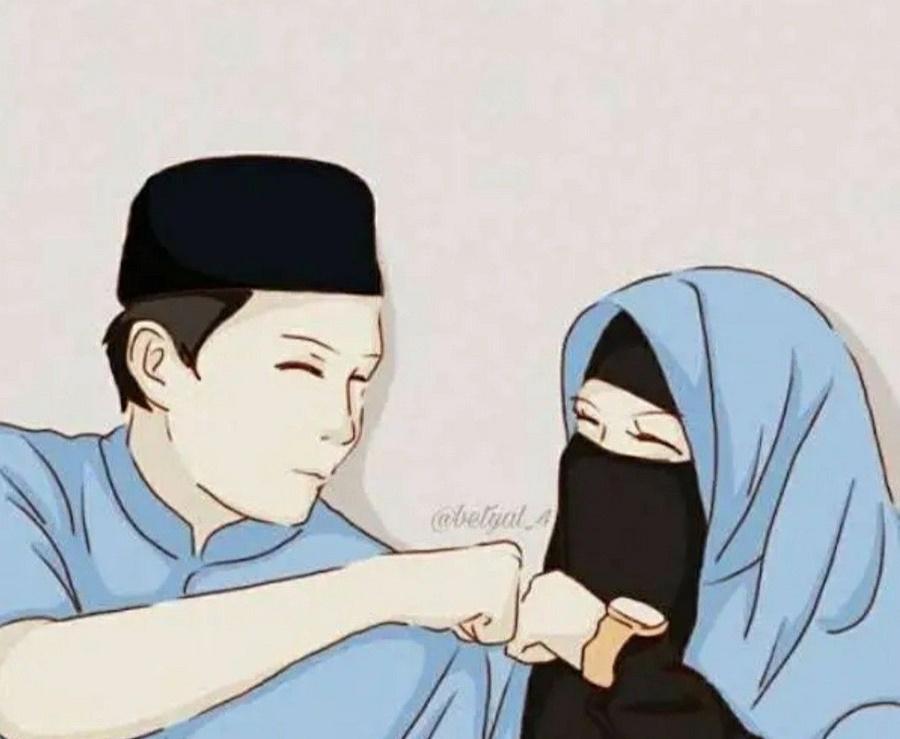
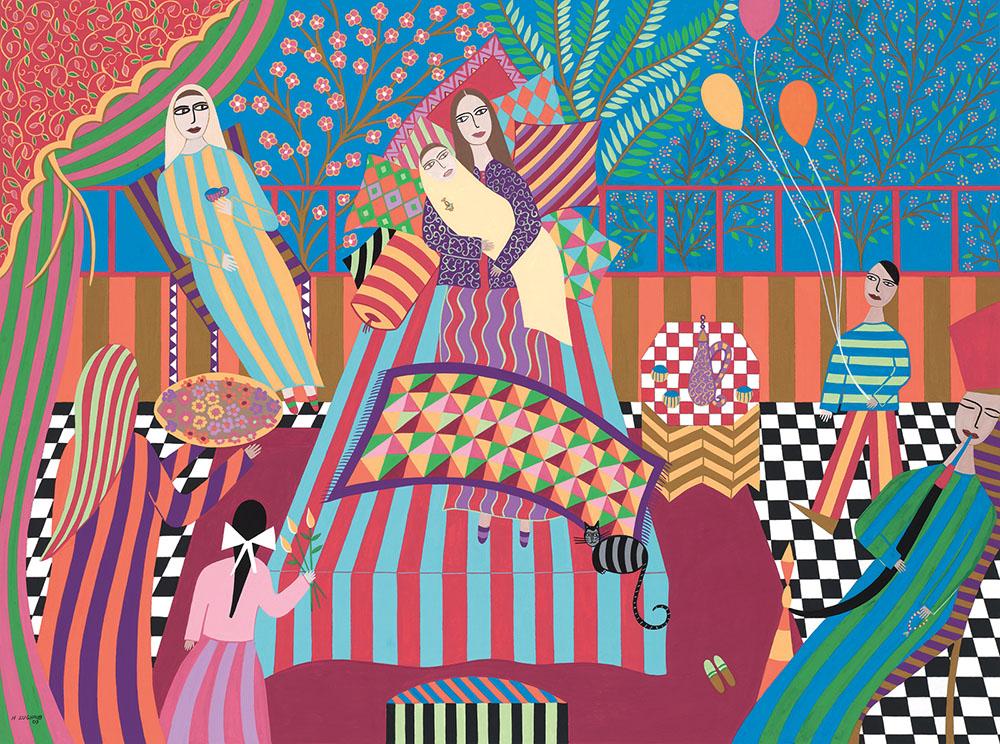

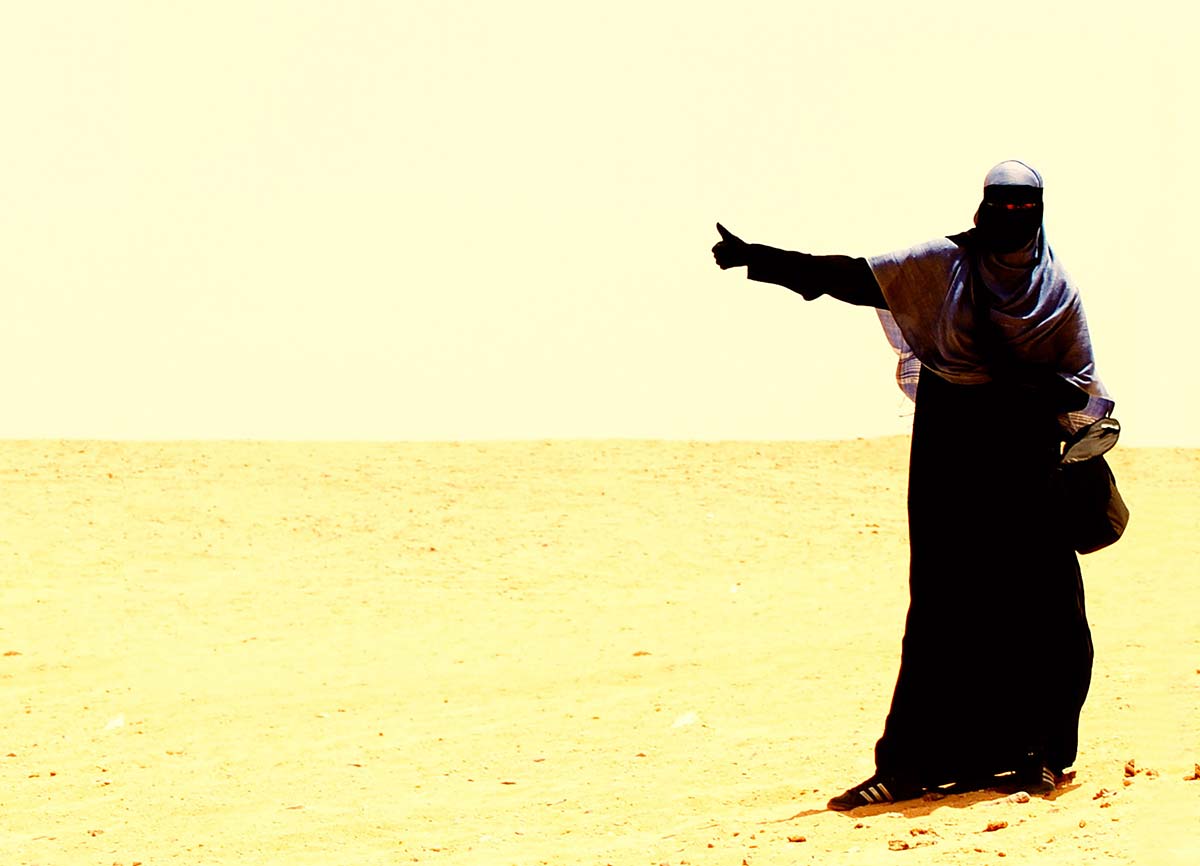

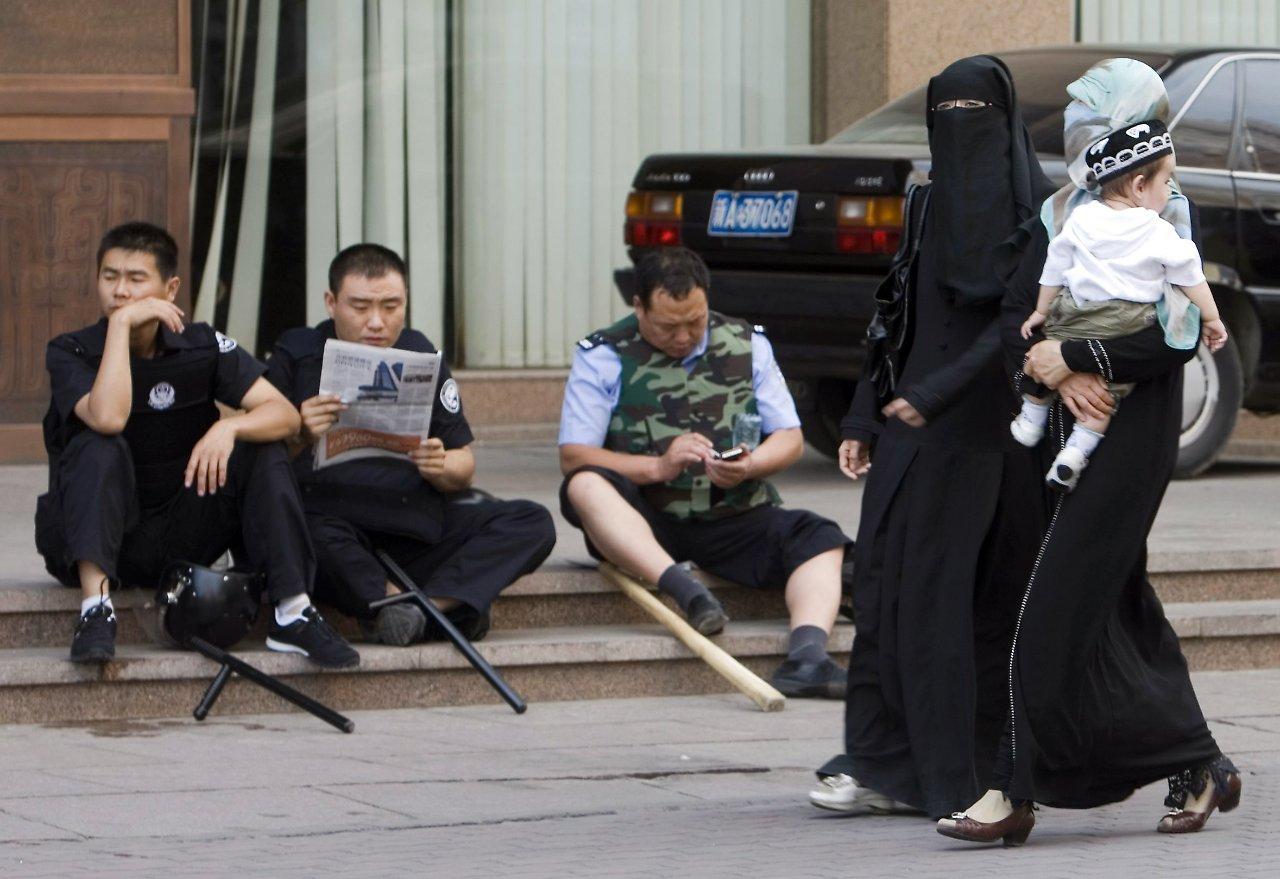
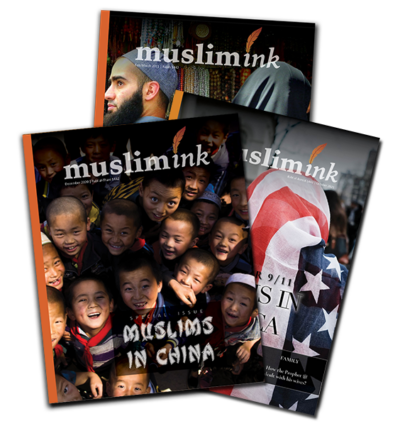
 Dr. Bilal Philips
Dr. Bilal Philips